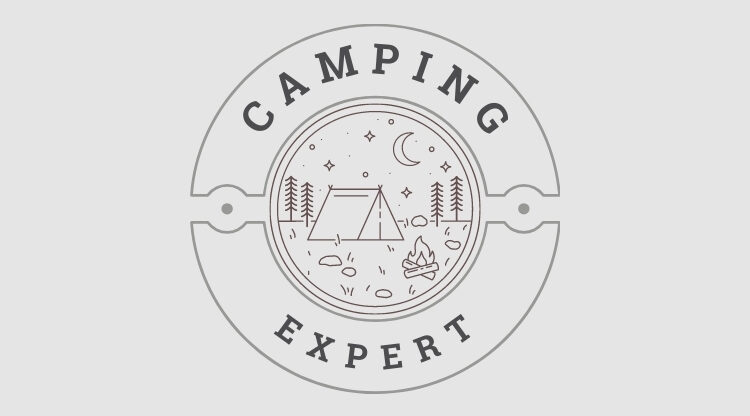The types of food you will take on a camping trip will vary depending on the kind of trip you’re taking, personal preferences and the amount you can carry. For example, a family going on a weekend summer camping trip on a campground with a shop will take a vastly different food supply to a party of mountaineers on a 2 week expedition to the Arctic.
Usually, the major consideration that has to be made when looking at what food to take is the weight and keeping fresh meat, poultry and dairy produce fresh and, for those on far flung wilderness expeditions, there are a host of freeze-dried and dehydrated foods that reduce the weight you carry and can be used any time.
As a general overview, however, one idea in considering what kind of foods to take is to include something from each of the following food groups for each main meal – meat/protein, starch, vegetable and sauce. An example might be chicken, pasta, carrots and barbecue sauce. By following the group types model, the food you eat on your trip will sustain you very well. The ‘sauce element’ shouldn’t be overlooked as it’s amazing how much it can make a bland meal seem very mouthwatering on a camping trip. Vegetarians can also look at the protein element from their own perspective.
Weight will always be one of the primary factors in determining what kinds of food you can take, especially if you’re travelling without a car.
Breakfast
For breakfast, there are many cereals which are light in weight and pre-packaged hot cereals like porridge work really well. If weight’s a real issue, you can work out how many portions you’ll need for the trip and put them in a plastic zip lock bag. Throw in a few extras like raisins, almonds and dried blueberries or cranberries. When you pour boiling water onto the mix, the fruit will rehydrate and a simple breakfast like this is a nice start to the day. Coffee also comes in bags these days, just like tea and milk powder cuts down on the need to bring large quantities of fresh milk.
Lunch
Lunches can be interesting. Substitute bread by using some variety of crackers or crispbread. These have the added advantage of not going stale as quickly as bread. There are many types of cheese which do not need refrigeration as well as small packs of pepperoni or salami. You can buy jams in squeezable tubes these days and chocolate always feels luxurious on a trip and can provide you with extra energy so be sure to pack a few bars. If you don’t mind carrying a little extra weight, take along a few small jars of salmon spread or chicken paste or even tins of tuna for lunchtimes.
Dinner
When it comes to dinner, you’ll get more chance to be creative. Things like dried rice and noodles which you might just regard as a side order at home, can form the starch element of your meal, are light to carry and easy to cook. Throw in a can of beef chunks and some sun-dried tomatoes and you’re away. If you add some ‘nibble’ items whilst you’re cooking, you should find that your meal is quite filling. Even something as simple as a packet cup of soup with a few crackers are warming and a good way to stave off hunger until the main meal is ready.
Obviously, the ideas here are just general in nature. What you cook will be a personal choice based on the amount of food you can carry, the ease by which you can store it and the length and nature of your trip. The important thing to remember even if you’re restricted by the amount and type of food you can take is that it’s not a ‘forever thing’. After a few days, you’ll be returning to ‘civilisation’ as you know it, and the opportunity to eat a ‘real’ meal. You’ll not die of malnutrition if you don’t get all your daily requirements for a couple of days. Camping in remote areas, especially if you have additional physical exertions to contend with like hiking or canoeing, makes it necessary to concentrate on calories for energy first and foremost. Just remember, that whatever it is you’re cooking, food tastes a whole lot better outdoors and is an integral part of enjoying the camping experience.
